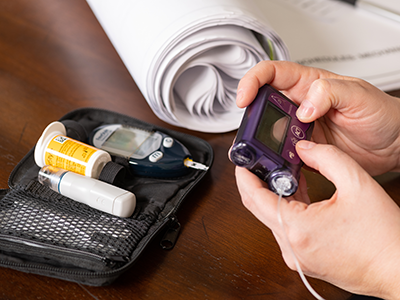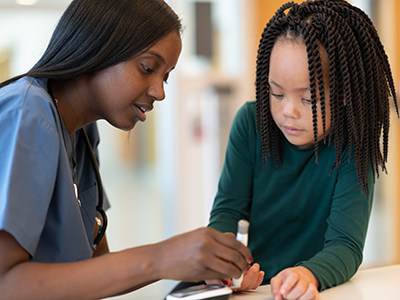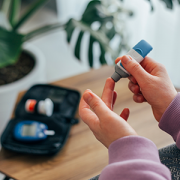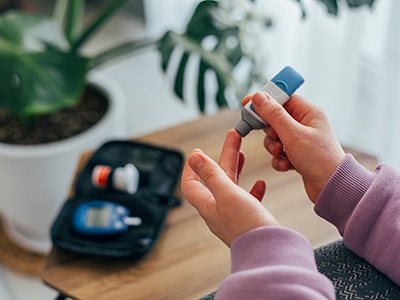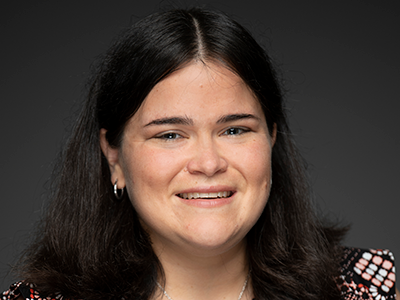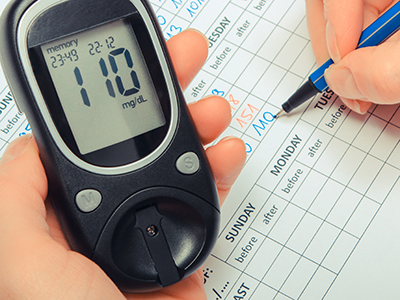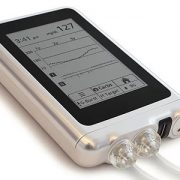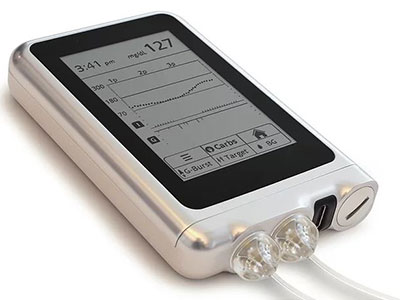
The next generation of cardiometabolic biomarkers should pave the way for earlier detection of risk factors for conditions such as obesity, diabetes and heart disease in children.
American Heart Association statement finds potential future measures, reiterates importance of heart-healthy lifestyle from birth through adulthood.
The next generation of cardiometabolic biomarkers should pave the way for earlier detection of risk factors for conditions such as obesity, diabetes and heart disease in children, according to a new scientific statement from the American Heart Association published in the journal Circulation.
“The rising number of children with major risk factors for cardiometabolic conditions represents a potential tsunami of preventable disease for our healthcare system,” says the statement’s lead author Michele Mietus-Snyder, M.D., a preventive cardiologist and clinical research scientist at Children’s National Hospital. “But by the time a child is identified based on today’s clinical biomarkers, it’s often too late to reverse the disease trajectory.”
The big picture
The scientific statement included biomarkers that met three criteria:
- Early and precise clinical detection of metabolic abnormalities before a child begins to show the current clinical signs such as high body mass index (BMI), blood pressure or cholesterol.
- Mechanistic intervention targets providing immediate risk measures and giving clinicians new targets to personalize and optimize interventions.
- Modifiable biomarkers that are capable of tracking progression toward or away from cardiometabolic health.
The statement’s identified biomarkers included measures of:
- Epigenetic, or environmental, factors
- Gut microbiome health
- Small particle metabolites in the body
- Different types of lipids and their impacts on cell membranes
- Inflammation and inflammatory mediators
The authors proposed these biomarkers with the goal of “expanding awareness to include a whole new realm of biomarkers that precede the traditional risk factors we currently rely upon, such as BMI, blood pressure, cholesterol and blood sugar,” says Mietus-Snyder. “Ideally, these new biomarkers will be added to the array of measures used in clinical research to better assess their value for earlier identification and prevention of global patterns of cardiometabolic health and risk.”
Why it matters
The next generation cardiometabolic biomarkers outlined by the authors are all currently used in research studies and would need to be validated for clinical use. However, Mietus-Snyder notes that the data already collected from these biomarkers in research can make a difference in clinical practice by enhancing our understanding of the deep metabolic roots for children at risk.
Evidence reviewed in the statement shows the risk factors children are exposed to, even before birth, can set the stage for cardiovascular and metabolic health across the lifespan.
Interestingly, all the different factors reviewed have been found to alter the functioning of the mitochondria — the complex organelles responsible for producing the energy for the body that every cell and organ system in turn needs to function. Every class of biomarkers reviewed is also favorably influenced by heart-healthy nutrition, a simple but powerful tool known to improve mitochondrial function.
What’s next
Even as the new so-called ‘omic’ biomarkers reviewed in this statement are developed for clinical applications, there are things clinicians can do to optimize them and improve mitochondrial function, according to Mietus-Snyder.
Most important is to strengthen the collective dedication of care providers to removing the barriers that prevent people, especially expecting mothers and children, from living heart-healthy lifestyles.
We have long known lifestyle factors influence health. Even as complicated metabolic reasons for this are worked out, families can reset their metabolism by decreasing sedentary time and increasing activity, getting better and screen-free sleep, and eating more real foods, especially vegetables, fruits and whole grains, rich in fiber and nutrients, with fewer added sugars, chemicals, preservatives and trans fats. Clinicians can work with their patients to set goals in these areas.
“We know diet and lifestyle are effective to some degree for everyone but terribly underutilized. As clinicians, we have compelling reasons to re-dedicate ourselves to advocating for healthy lifestyle interventions with the families we serve and finding ways to help them implement them as early as possible. The evidence shows the sooner we can intervene for cardiometabolic health, the better.”
 Experts from Children’s National Hospital presented research at the 8th Annual 2024 T1DX-QI (Type 1 Diabetes Exchange Quality Improvement Collaborative) Learning Session held in Chicago, Ill. This session emphasizes delivering equitable, evidence-based and cost-effective diabetes care through integrating clinical science, quality improvement, technology and advocacy.
Experts from Children’s National Hospital presented research at the 8th Annual 2024 T1DX-QI (Type 1 Diabetes Exchange Quality Improvement Collaborative) Learning Session held in Chicago, Ill. This session emphasizes delivering equitable, evidence-based and cost-effective diabetes care through integrating clinical science, quality improvement, technology and advocacy.



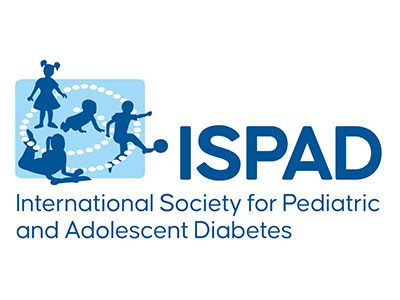 Researchers from Children’s National Hospital participated in the 50th anniversary conference of the
Researchers from Children’s National Hospital participated in the 50th anniversary conference of the 
 Children’s National Hospital in Washington, D.C., was ranked as a top hospital in the nation by the
Children’s National Hospital in Washington, D.C., was ranked as a top hospital in the nation by the 
 A team of experts at Children’s National Hospital, using the input of teens with Type 1 diabetes from our Children’s National clinics, adapted a six-week virtual group diabetes education program and mindfulness-based intervention. In their new
A team of experts at Children’s National Hospital, using the input of teens with Type 1 diabetes from our Children’s National clinics, adapted a six-week virtual group diabetes education program and mindfulness-based intervention. In their new 
 The
The 




 Children’s National Hospital in Washington, D.C., was ranked #5 in the nation on the U.S. News & World Report 2023-24 Best Children’s Hospitals annual rankings. This marks the seventh straight year Children’s National has made the Honor Roll list. The Honor Roll is a distinction awarded to only 10 children’s hospitals nationwide.
Children’s National Hospital in Washington, D.C., was ranked #5 in the nation on the U.S. News & World Report 2023-24 Best Children’s Hospitals annual rankings. This marks the seventh straight year Children’s National has made the Honor Roll list. The Honor Roll is a distinction awarded to only 10 children’s hospitals nationwide.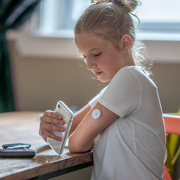
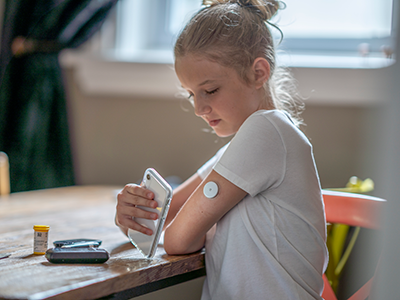

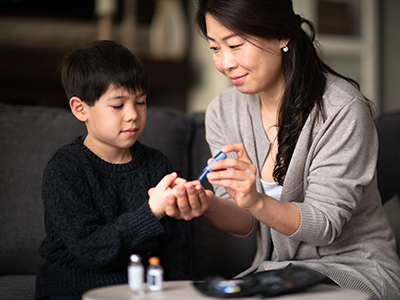

 Children’s National Hospital in Washington, D.C., was ranked No. 5 nationally in the U.S. News & World Report 2022-23 Best Children’s Hospitals annual rankings. This marks the sixth straight year Children’s National has made the list, which ranks the top 10 children’s hospitals nationwide. In addition, its
Children’s National Hospital in Washington, D.C., was ranked No. 5 nationally in the U.S. News & World Report 2022-23 Best Children’s Hospitals annual rankings. This marks the sixth straight year Children’s National has made the list, which ranks the top 10 children’s hospitals nationwide. In addition, its 




